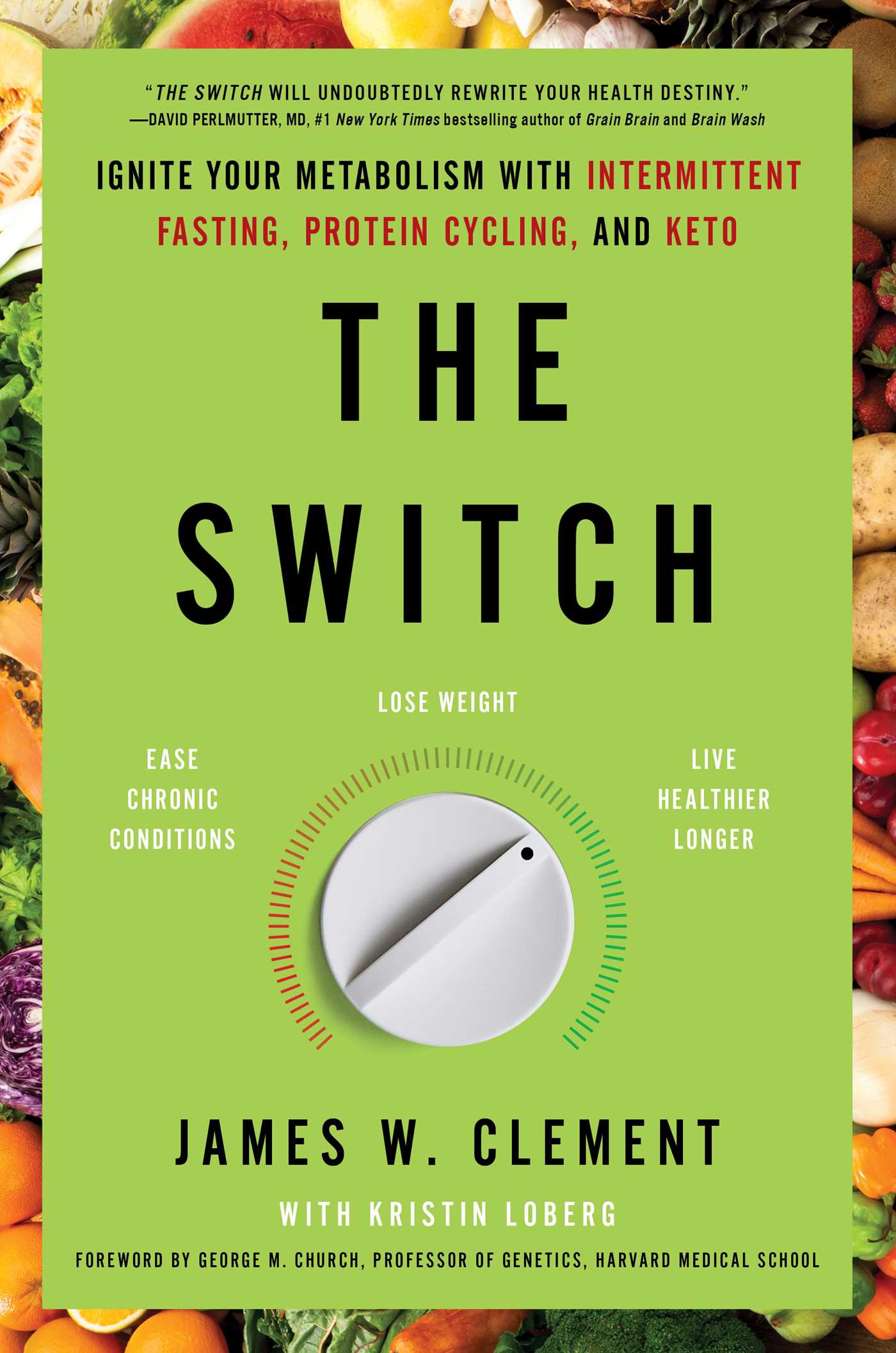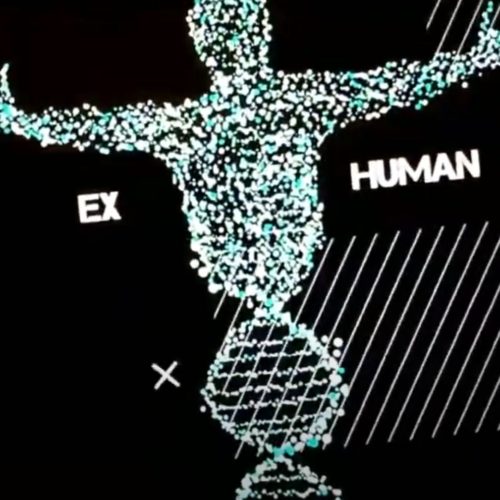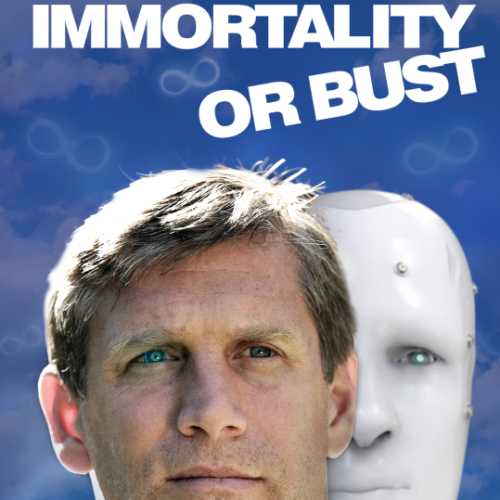The Switch: How to Ignite Your Metabolism with Intermittent Fasting, Protein Cycling and Keto
Excerpt from The Switch by James W. Clement. Copyright © 2019 by James W. Clement. Reprinted by permission of Gallery Books, an Imprint of Simon & Schuster, Inc.
THE SWITCH
BOOK I N T R O D U C T I O N
Life’s tragedy is that we get old too soon and wise too late. Benjamin Franklin
 A breakthrough in medical science quietly happened a few years ago that made the rounds in major scientific circles but somehow stayed a whisper in lay society. Let me ask you this: In your own grasp of the “secrets” of living a good, long life, what comes to mind? My bet is that you think of blood sugar balance, healthy weight, and physical fitness. Those are all appropriate goals to achieve, but they miss the main point—they are merely a means of sparking a prominent antiaging process: autophagy.* It’s how the body removes and recycles dangerous, damaged organelles† and particles, as well as pathogens,‡ from your cells, thus boosting your immune system and greatly reducing your risk of developing cancer, heart disease, chronic inflammation, osteoarthritis, and neurological disorders from depression to dementia. Autophagy can be triggered when a certain complex, called mTOR, within cells is turned down. I refer to the mTOR complex as “the Switch.”
A breakthrough in medical science quietly happened a few years ago that made the rounds in major scientific circles but somehow stayed a whisper in lay society. Let me ask you this: In your own grasp of the “secrets” of living a good, long life, what comes to mind? My bet is that you think of blood sugar balance, healthy weight, and physical fitness. Those are all appropriate goals to achieve, but they miss the main point—they are merely a means of sparking a prominent antiaging process: autophagy.* It’s how the body removes and recycles dangerous, damaged organelles† and particles, as well as pathogens,‡ from your cells, thus boosting your immune system and greatly reducing your risk of developing cancer, heart disease, chronic inflammation, osteoarthritis, and neurological disorders from depression to dementia. Autophagy can be triggered when a certain complex, called mTOR, within cells is turned down. I refer to the mTOR complex as “the Switch.”
Your body is made up of trillions of cells,** the majority of which consist of similar structures, carrying on similar activities. These structures are not just similar to other cells within you but exceedingly homologous to those of all of the other animals on our planet and largely comparable to bacteria, from which we evolved. Cells are perpetually carrying out a multitude of chemical reactions needed to keep the cell alive and healthy. This in turn keeps you alive. These chemical reactions share important relationships and are often connected through various pathways. The total reactions that take place inside of a cell are collectively called the cell’s metabolism. The mTOR complex is one such pathway that takes place in nearly every cell. Virtually all health-extending and life span–extending interventions that we know of have their effects because of their actions to suppress this switch. Much of this book will be detailing how these various interventions, some of which you may have heard of and others of which you haven’t, act on this pathway and ultimately regulate this important switch, periodically turning on autophagy in the process.
Think of this switch like a dimmer for your lights: turning it toward one end to increase light and the other direction to decrease it. Although we evolved to have this biological switch move back and forth continuously between growth (mTOR) and repair (autophagy; and sometimes repair for prolonged periods), the lifestyles of modern humans keep it turned toward growth constantly and seldom or never in the repair direction. And when it’s in the growth stage, these cellular garbage trucks come to a halt and our ability to clear out the biological debris—misfolded proteins, pathogens, and dysfunctional organelles—falters. The word autophagy literally means “self-eating” in Greek and refers to the body’s powerful, self-cleaning switch inside most cells. Information about this vital internal degradation system has been documented for decades, but only in the past few years have we figured out how and why it functions. In 2016, understanding autophagy’s mechanisms in the body earned the Japanese cell biologist Dr. Yoshinori Ohsumi of the Tokyo Institute of Technology a Nobel Prize in Physiology or Medicine. His work unraveled the mechanism of autophagy and has led to a new paradigm in medicine, one that is being hailed as the discovery of the twenty-first century.
*I prefer to pronounce the word “aw-tof-uh-jee.”
†Any of a number of organized or specialized structures within a living cell.
‡Adversarial microbes that can cause disease.
**The actual number of cells in the average human body is still debated among scientists. Although it remains a mystery, most would agree that the number is between 30 and 40 trillion, but that doesn’t include the bacteria that are present in and on our bodies.








